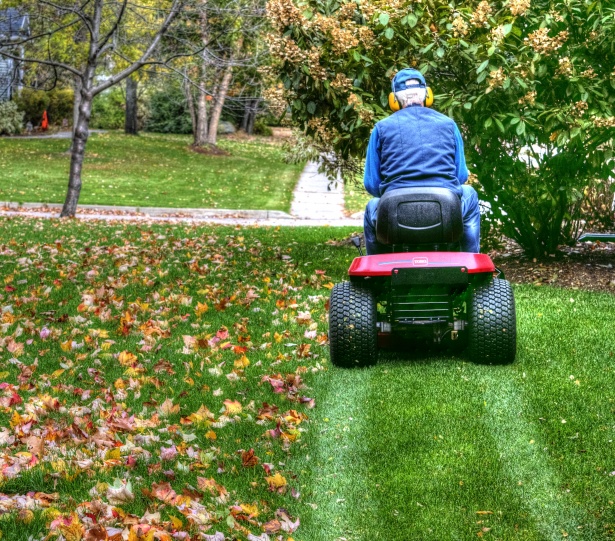Alternatives for Cleaning Leaves Out of Landscapes
go.ncsu.edu/readext?827536
en Español / em Português
El inglés es el idioma de control de esta página. En la medida en que haya algún conflicto entre la traducción al inglés y la traducción, el inglés prevalece.
Al hacer clic en el enlace de traducción se activa un servicio de traducción gratuito para convertir la página al español. Al igual que con cualquier traducción por Internet, la conversión no es sensible al contexto y puede que no traduzca el texto en su significado original. NC State Extension no garantiza la exactitud del texto traducido. Por favor, tenga en cuenta que algunas aplicaciones y/o servicios pueden no funcionar como se espera cuando se traducen.
Português
Inglês é o idioma de controle desta página. Na medida que haja algum conflito entre o texto original em Inglês e a tradução, o Inglês prevalece.
Ao clicar no link de tradução, um serviço gratuito de tradução será ativado para converter a página para o Português. Como em qualquer tradução pela internet, a conversão não é sensivel ao contexto e pode não ocorrer a tradução para o significado orginal. O serviço de Extensão da Carolina do Norte (NC State Extension) não garante a exatidão do texto traduzido. Por favor, observe que algumas funções ou serviços podem não funcionar como esperado após a tradução.
English
English is the controlling language of this page. To the extent there is any conflict between the English text and the translation, English controls.
Clicking on the translation link activates a free translation service to convert the page to Spanish. As with any Internet translation, the conversion is not context-sensitive and may not translate the text to its original meaning. NC State Extension does not guarantee the accuracy of the translated text. Please note that some applications and/or services may not function as expected when translated.
Collapse ▲ It’s hard to believe that we are already halfway through the month of October. October brings with it cooler temperatures, shorter days, crop harvests, and the spectacular colors of fall leaves. Many people from our area make an annual trek to the mountains to see these changing leaf colors which are on full display.
It’s hard to believe that we are already halfway through the month of October. October brings with it cooler temperatures, shorter days, crop harvests, and the spectacular colors of fall leaves. Many people from our area make an annual trek to the mountains to see these changing leaf colors which are on full display.
When you return from your trip, you find that your lawn has been covered by leaves, and you will have to spend the next weekend raking or blowing leaves and cleaning your landscape. Most people in the county rake their leaves into the ditch or pile them up and burn them. This isn’t the best option. Not only does this trap sediments into the ditch which can slow water movement, but the smoke can be dangerous. According to researchers at Purdue University, smoke from burning leaves contains a number of toxic and or irritating particles and gases that can be harmful to humans. Tiny particles found in smoke can be lodged in the lungs and stay there for years increasing the risk of respiratory infections. Leaf smoke also releases chemicals called hydrocarbons which irritate the eyes, nose, throat, and lungs. Some of these hydrocarbons are known to be carcinogenic. Burning also releases carbon monoxide gas into the atmosphere which can contribute to climate change.
If you live in town, there is usually a service that will pick up leaves on the curb. Many of these leaves are sent to landfills. When these leaves decompose in the landfill, it creates methane gas which can also contribute to climate change. These leaves also take up valuable space for other items that need to be disposed of in the landfill.
Instead of burning or piling your leaves on the curb for disposal, there are 3 alternatives for cleaning leaves out of your landscape: The first is to simply mow the leaves into the lawn to recycle their nutrients. Leaves contain a wonderful blend of nutrients that a tree needs to grow. These nutrients can be recycled to help increase soil health and organic matter of your landscape. You may have to mow the leaves 2-3 times to break them down into small enough pieces to sink down into the lawn, but that is much easier than raking leaves all day. The second option is to rake or blow the leaves into your landscape beds and use them as a natural mulch. This option will also increase nutrients and soil health of your landscape beds while providing a weed barrier for the spring. The last option is to compost the leaves. Composting leaves takes more commitment and time than mulching, but it creates a nutrient-rich mix that can be mixed with soil to help plants thrive.



